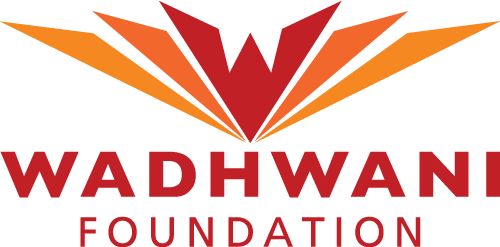India’s tech revolution is moving fast, but are we building the future skills employers want? This article breaks down the mismatch and how to fix it.
India’s digital infrastructure has made remarkable leaps in recent years — from Aadhaar-enabled services and UPI to digitised health and education platforms. Under the ambitious Digital India mission, the government has successfully expanded access to public services and launched platforms that bring governance closer to citizens.
Yet, beneath this visible progress lies a subtler, quieter concern — are citizens and job seekers equally prepared to thrive in this rapidly digitising environment? Are our frontline workers, interns, freshers, and aspirants for government and private roles equipped with the future skills employers want?
This blog explores how the pace of digital change across government and industry is outstripping the pace at which individuals are acquiring job-ready skills — and what can be done to support alignment, especially through focused employability programs and skilling efforts.
Digital Acceleration, But Are We Skilling at the Same Pace?
India has made extraordinary progress in building digital systems. Government-led digital platforms like DigiLocker, e-Sanjeevani, GeM, and UMANG have redefined citizen engagement and administrative efficiency. However, the people who implement, maintain, and interact with these systems — from public service employees to young job seekers entering the system — often lack access to structured skill-building opportunities.
The Wadhwani Foundation’s work with governments has shown that the success of digital transformation depends not just on technology, but also on people — especially their ability to adapt, communicate, and problem-solve in digital environments.
Employers, too, are rethinking what they expect. Today’s entry-level roles — in both public-facing and backend functions — require more than basic literacy. They demand:
- Digital communication skills
- Data entry and interpretation
- Problem-solving in tech-enabled workflows
- Working knowledge of government tech platforms
- Team collaboration using digital tools
These are not just private-sector expectations. Even government departments are increasingly seeking candidates who are agile, tech-aware, and capable of interacting with digital platforms. The question is — are we preparing our talent pipeline for this?
What Skills Are Employers Looking for in a Digital Economy?
While traditional qualifications remain important, there’s a growing emphasis on practical capabilities — particularly those that align with digital service delivery and cross-functional problem-solving.
Some of the skills employers look for today include:
- Basic data handling and interpretation: As data-driven decision-making becomes the norm across departments, being able to read and act on data is no longer optional.
- Digital documentation and workflow tools: Familiarity with tools like Google Workspace, MS Office, and government databases is becoming essential.
- Communication and collaboration skills: Particularly in hybrid or remote environments, clear written and spoken communication is crucial.
- Self-learning ability: Employers value candidates who can learn on the job, using both structured (e.g., macrolearning courses) and bite-sized formats (microlearning), depending on the situation.
Wadhwani’s own skilling programs incorporate these future skills into their design, helping governments bridge the talent gap and prepare youth for digitally integrated workplaces.
How Do We Bridge the Digital Readiness Gap?
Instead of viewing the skilling gap as a bottleneck, it helps to view it as a collaborative opportunity — one where governments, training institutions, and ecosystem enablers work in sync.
Here are a few key strategies that can accelerate progress:
- Localised, modular training: Short-format learning that teaches job-relevant digital skills in vernacular languages.
- Partnerships between state departments and foundations like Wadhwani to roll out employability-focused skilling at scale.
- Embedding digital skills in school and college curricula, not as electives but as core modules.
- Ongoing capacity building for public servants, to ensure they can keep up with new digital tools as they are deployed.
It’s worth noting that the solution does not lie in overhauling existing systems, but in steadily building internal capacity through continuous, real-world-aligned learning.
Aligning Ambitions with Abilities: A Shared Responsibility
India’s digital future is promising — and very much within reach. But that future can only be fully realised if the people who engage with its systems are prepared with the future skills employers want. This includes not just youth entering the workforce but also frontline staff, interns, and even mid-level government personnel looking to stay relevant.
Programs like the Wadhwani Foundation’s Employability Skills Initiative show that with the right support, this alignment is achievable — and scalable.
The government’s digital infrastructure is a strong foundation. Now, it’s time to ensure that the people using it can match that strength with confidence, competence, and clarity.




